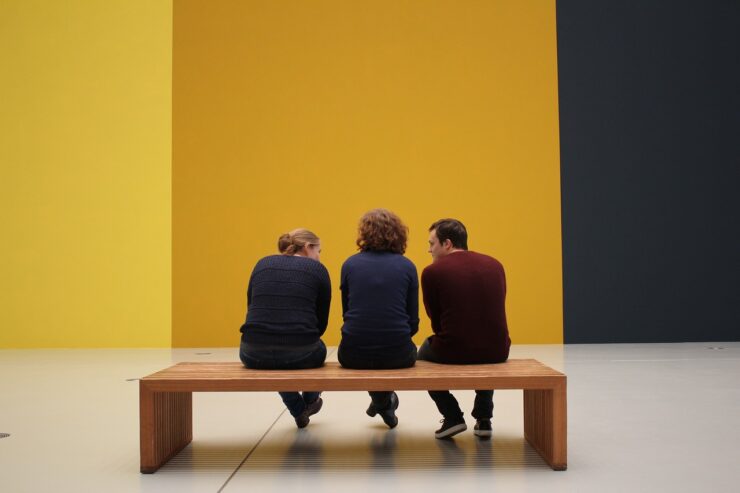Kennisbank
Structural predictors of private museum founding

In the last decades a new organizational population of private museums has seen substantial proliferation. While multiple hypotheses for the spread of this new form have been raised, systematic analyses of these have been lacking. In particular, the rise of private museums has been hypothesized to stem from tax incentives, reductions in government spending, increasing inequality and increasing elite wealth. Combining various socio-economic and art field data sources, Aengenheyster conducts quantitative tests of these hypotheses with datasets of 1241, 2474 and 3148 country-years using multilevel negative binomial regression models. While Aengenheyster finds support for a positive effect of tax incentives, government spending is associated non-monotonically (inverse U-shaped) with private museum founding (not, as hypothesized, negatively). Furthermore the effects of inequality are divergent, as a positive association with private museum founding is found for wealth inequality and a negative one for income inequality. Finally, elite wealth effects are too small, statistically insignificant, and conditional on wealth threshold and dataset to conclude a general relation with private museum founding. Aengenheyster concludes with a call for advancing theoretical elaboration and measurement precision to further investigate founding determinants.
Continue ReadingOnderwerpen: 2020-heden 2000-2020 beeldende kunst-wereld museumwereld overheidsondersteuning geven aan culturele instellingen fondsenwerving
Auteur: Johannes Aengenheyster MA

